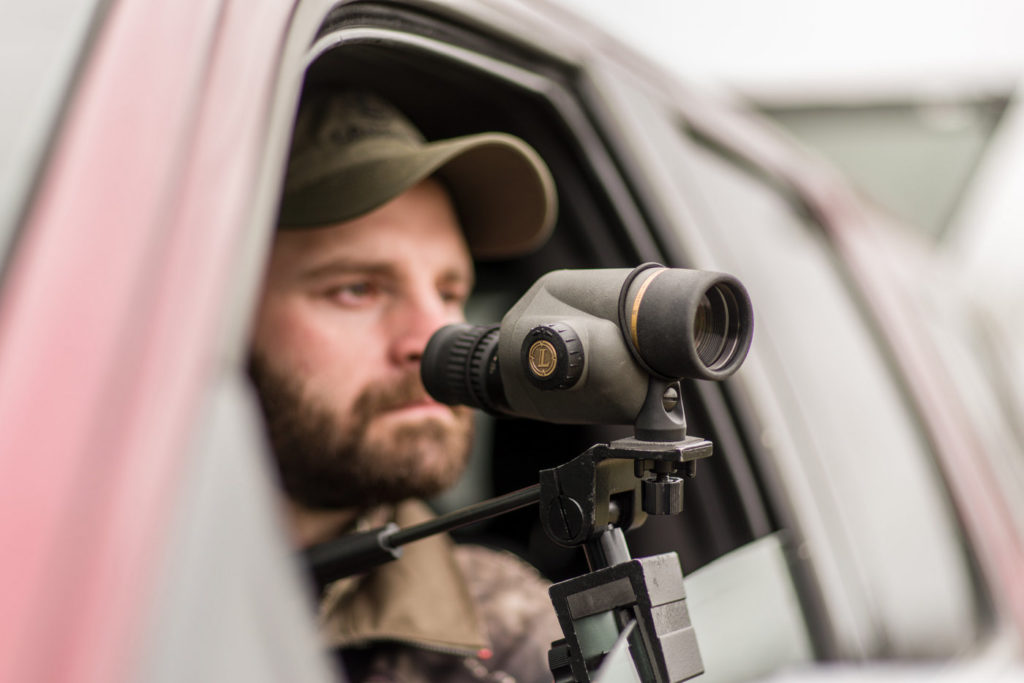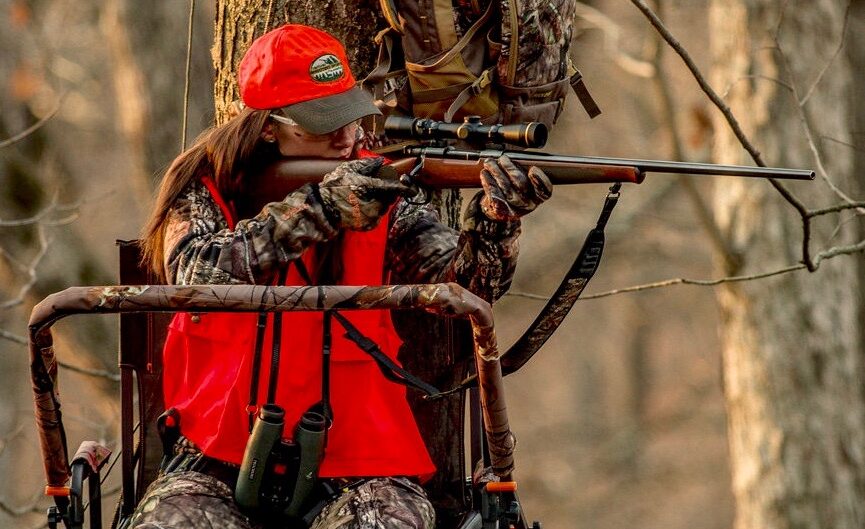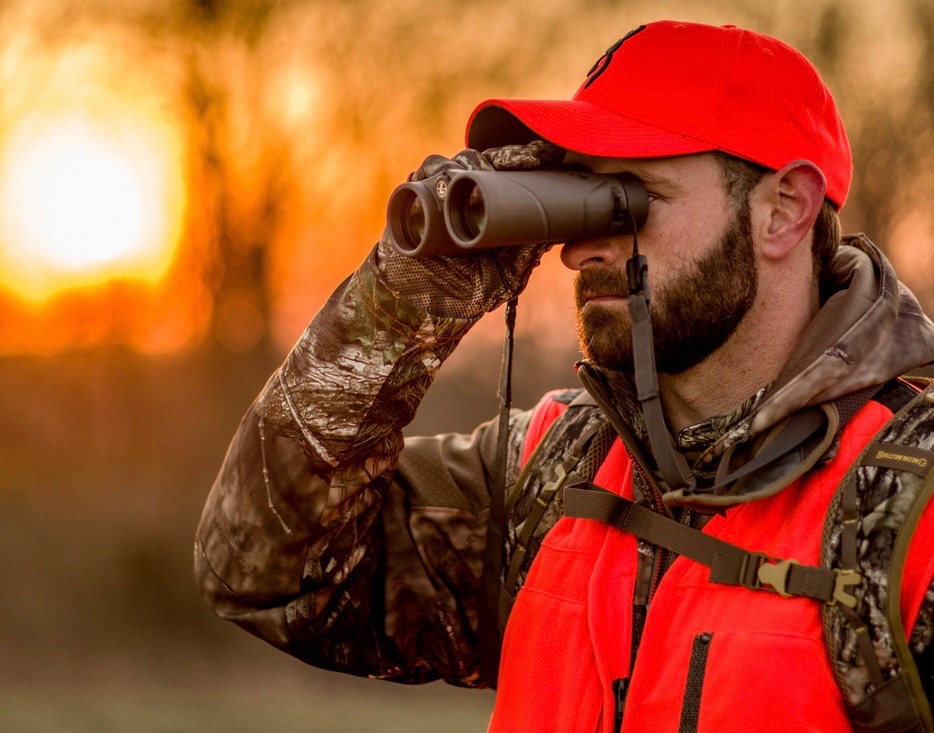RARIN' TO GO!
From getting in shape to scouting to tuning up gear, summer is the time to prepare for fall’s hunting adventures
Advertisement
#3 SCOUT
The best way to know what to expect on your hunting grounds is to spend time there before the season begins. Start by examining maps and aerial photos of the area; you can never know it too well. I’ve hunted the same general locale for almost three decades, for example, and every year I find new nooks, crannies and hidden-away spots—often places that game move into when under pressure. There are many smartphone apps that can help in your search, with Google Earth being a great place to begin.
Advertisement
Part of the scouting process is touching base with landowners to seek or confirm permission to hunt on their property. Summer is generally a quieter period for many ranchers and farmers, so they’re often more amenable to requests at that time. As well, getting to know property owners, and their land, before the season begins helps build stronger relationships. When they don’t feel pressured, landowners are also more likely to provide helpful information about when and where they’ve seen game on the move. On the flipside, few things annoy landowners more than the mid-season sight of another pick-up filled with guns and hunters rolling up through their gate.

As you survey the landscapes you plan to hunt, take note of any changes over previous years. New roads, trails, bridges or industrial activities such as logging will all influence how game animals move, and how best you can access them. Changes can also occur naturally. During winter and spring in the vast forested region where I do most of my deer hunting, for example, trees invariably fall across many of the numerous trails and cutlines. A day or two with a chainsaw ensures I’ll have good access come fall, both to hunt the area and to retrieve game. The landowners also appreciate my help in maintaining their properties.
Also note where various crops have been planted, marking them down on a map to help focus your fall search for game. Waterfowl will key in on peas, barley or corn, while black bears and ungulates are drawn to canola, barley, oats and fruit crops.
Advertisement
Rounding out your pre-season scouting efforts, summer is the best time to set out your trapline of trail cameras. While the summer movement of game isn’t a perfect indicator of where to expect to find animals in the fall, it does provide meaningful insight into how local populations are faring.


